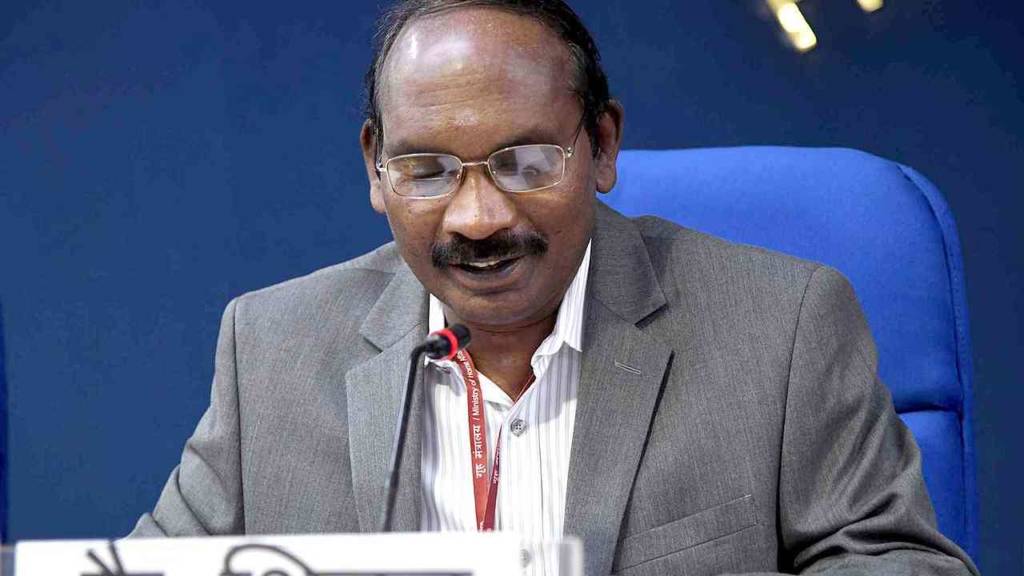A country with a population of over 1.5 billion when waits with bated breath well past midnight, twisting and turning in anticipation, glued to their TV sets and mobiles watching, praying history being made, it tells you that the Chandrayaan-2 mission has already transcended the boundary of being just a space mission to being a mission of hope and optimism that galvanized the whole nation together. ISRO’s Chandrayaan-2 has achieved momentous glories in its relatively short period of existence should be proud of this another feather in its cap. ISRO has successfully planted another orbiter in the lunar orbit makes it a resounding success.
So, whenever an imbecile person says that India’s Chandryaan-2 mission was an abject failure needs to look in the mirror and ask serious existential questions to thyself. On July 22nd when the Chandrayaan-2 lifted off on board the heavy behemoth Geosynchronous Satellite Launch Vehicle (GSLV Mk III-M1) launcher from Satish Dhawan Space Center on Sriharikota Island, it was met with joy and it showed our attitude to seek for the insurmountable.
ISRO had acknowledged before that landing of Vikram lander and the Pragyan Rover inside it was a complex manoeuvre, often terming it as “15 minutes of terror”. ISRO lost contact with the lander only 2.1 kilometres before touchdown. The success of Vikram at a soft landing on the moon was strongly desired as it would have placed India amongst the elite group of nations that have landed impactors on the moon. It’s still unclear if the lander did crash land or landed safely, the scientists are busy deconstructing the final bit of data received from the lander before losing contact, to understand its trajectory. “Only 5 per cent of the mission has been lost – Vikram the lander and Pragyan the rover – while the remaining 95 per cent – that is the Chandrayaan 2 orbiter – is orbiting the moon successfully,” an official of the Indian Space Research Organisation or ISRO told news agency IANS.
The life expectancy of the rover was supposed to be one-lunar day i.e 14 earth-days and it was to travel approximately 500 meters and collect data, meanwhile, the orbiter has a shelf life of one year and that means the orbiter can take several pictures of the moon and send it to the ISRO over the next year. The orbiter can also take pictures of the lander to find out its status.
It was nearly 11 years back that the success of Chandrayaan-1 paved the way for a new mission. It was a smashing hit as it found ice caps beneath the moon surface and intrigued scientists all around the globe with the fascinating discovery. The Chandrayaan-2 mission was intended to study permanently shadowed moon craters that are thought to contain water deposits that were confirmed by the Chandrayaan-1 mission in 2008.
The sophisticated mission was a tough nut to crack from the very beginning, yet the courageous scientists from ISRO took the challenge head-on and delivered the whole project under a miserly sum of Rs 978 crore which is way lower than the budget of Avengers: Endgame which was made at a budget of Rs 2,443 crore. Notably, Israel’s Beresheet spacecraft had also crash-landed recently in its first attempt to land on the dark side of the moon.
The lander “Vikram” might not have made the final sojourn as expected, but the fact that ISRO has successfully planted another orbiter in the lunar orbit makes it a resounding success. As Bob Dylan had famously said, “Do not go gentle into that good night. Rage, rage against the dying of the light”, ISRO should dust off this little setback and prepare for the journey that lies ahead as the whole of India looks up to to see it dominate the space and unfurl the flag of India proudly into the vast multitudes of the universe.
